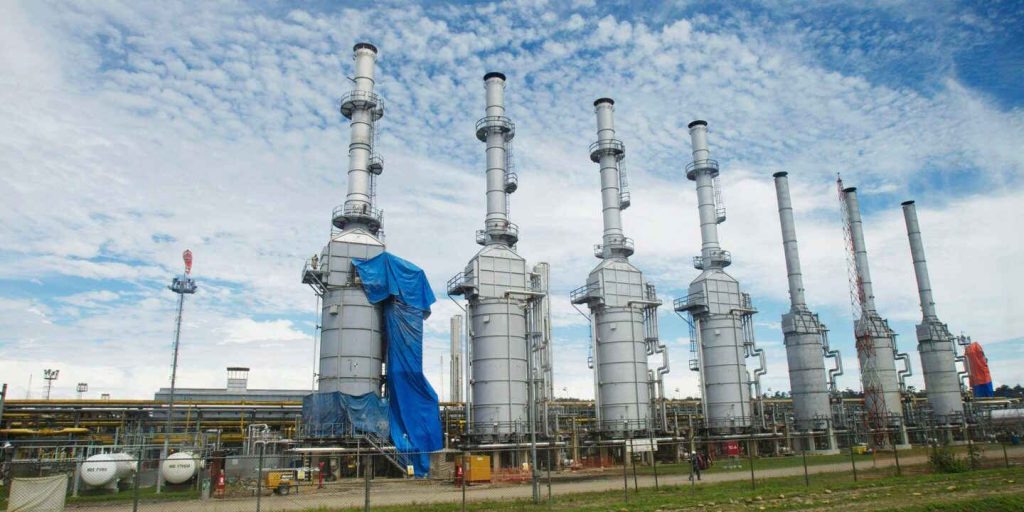Natural gas prices are falling as the supply increases, and there will soon be an excess of fuel in both Europe and Asia, at least for the upcoming few weeks.
Since the Ukraine crisis upended energy markets and Europe scrambled to secure as many alternative supply sources as it could, the tendency has become increasingly rare during the past year.
As a result of attempts to cut consumption and the main mild winter weather, stockpiles are now filling up from South Korea to Spain. Liquefied natural gas tankers, which served as a temporary solution to replace lost Russian pipeline flows, now frequently struggle to find a port and linger at sea for weeks.
Europe is filling its gas tanks weeks ahead of schedule
In comparison to 2021, the current amount of gas storage was reached 11 weeks earlier.
Before hotter weather increases cooling needs later in the summer, gas demand normally declines as the heating season concludes. The fuel is then primarily placed in storage facilities to get ready for the following season, but this year, European efforts to refuel may be finished as early as late August.
Even though gas prices in Europe and Asia have significantly decreased from their peak levels last year, they are still significantly higher than the ten-year average, thus raising concerns that the present surplus may end.
All eyes are on the summer weather since droughts and extremely high temperatures may increase demand. The competition for LNG shipments will increase as importers get ready for the winter by the beginning of the third quarter, according to Custer.
However, the glut is currently growing.
LNG situation
Gas storage in Spain, which has the most LNG terminals in Europe, is currently 85% filled, which means the country’s market could fast reach overcapacity and put pressure on spot prices, according to RBC Capital Markets.
In Finland, the number of LNG import slots for the summer season decreased from 14 to 10, in part because of an anticipated decline in demand. To reduce its reliance on Russian pipeline gas, Europe quickly established mobile LNG import terminals. This year and the following year, more will be added.
In the meantime, a revival in US production helped push global LNG shipments to a record high in March. As traders seek to find a destination for shipments, the increased supply is helping to drive down costs.
As the country lacks significant storage facilities and LNG continues to flow at record rates for the time of year, the UK’s gas exports to the continent are rising. As pandemic limitations were eased, China also experienced record LNG re-exports, and some vessels are diverting from South Korea, another significant LNG importer. Japan, a significant consumer, is likewise proposing to sell cargo to prevent an overabundance domestically.
According to Leo Kabouche, an analyst at Energy Aspects Ltd., demand in South America will stay low until Argentina deploys its second floating import terminal in May, just in time for the arrival of colder weather in the Southern Hemisphere.
However, scheduled annual maintenance at gas facilities from late April through the summer may be able to restrain an overabundance. There are still additional risks from unexpected outages or further reductions in Russian deliveries. For the next two years, the global LNG supply is anticipated to primarily remain constrained.
This is reflected in forward prices, which are expected to rise during the next few months, especially throughout the winter, and stay high through the beginning of 2025.
Image: Enrique Castro-Mendivil / Alamy, Las Malvinas natural gas plant.

